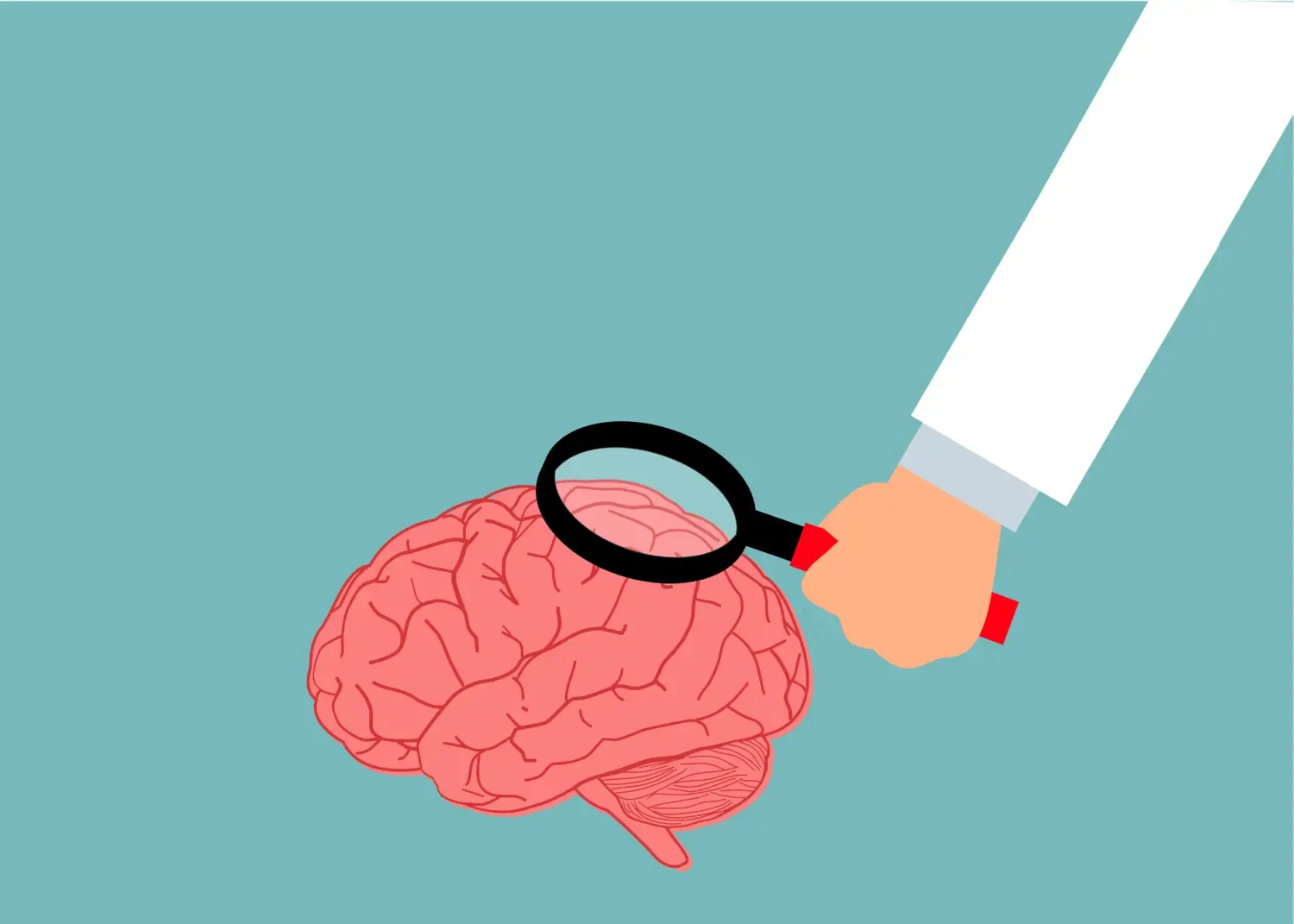Brain circuit controlling compulsive behaviour mapped

Researchers at Karolinska Institutet have identified a brain circuit that can drive repetitive and compulsive behaviours in mice, even when natural rewards such as food or social contact are available. The study has been published in the journal Science Advances and may contribute to increased knowledge about obsessive-compulsive disorder and addiction.
Both animals and humans can become stuck in certain behaviours, but exactly how this is regulated in the brain has been unknown. Now, researchers have been able to show that a specific nerve circuit in the brain can put behaviours into a kind of 'repeat mode', where mice continue to perform the same actions over and over again, even when there is no longer any reward.
The researchers investigated a neural circuit that runs from the nucleus accumbens, part of the brain's reward system, to a region in the hypothalamus, which in turn is connected to the lateral habenula, an area that processes unpleasant experiences.
By activating this circuit using optogenetics, a method in which nerve cells are controlled by light, the researchers were able to induce a negative state in mice that led to repetitive behaviours such as digging and sniffing – even when food or other rewards were available.

"We have identified a brain circuit that can shift behaviour into a repetitive mode. This helps us understand how compulsive actions arise and may contribute to insights into conditions such as obsessive-compulsive disorder (OCD) and addiction," says Konstantinos Meletis, professor at the Department of Neuroscience at Karolinska Institutet, who led the study together with Daniela Calvigioni, assistant professor at the same department.
Prioritise repetitive behaviours
The study shows that repeated activations of the circuit between the nucleus accumbens and the hypothalamus gradually induce a negative state that causes the mice to prioritise repetitive behaviours over natural needs. When the researchers shut down the relayed part of the circuit, from the hypothalamus to the habenula, the compulsive behaviour disappeared.
“This gives us a new understanding of how the brain can prioritise certain behaviours over others, even when they are not functional or rewarding,” says Konstantinos Meletis.
The results are based on a series of experiments in which the researchers combined genetic tools to identify and track specific nerve cells, methods for measuring brain activity, optogenetics to control nerve cell activity, and various behavioural tests. This made it possible to link compulsive-like behaviours to specific brain circuits.
The study is funded by the Swedish Research Council, the Knut and Alice Wallenberg Foundation, the Wenner-Gren Foundations, StratNeuro, and the Swedish Brain Foundation. The researchers state that they have no conflicts of interest.
Publication
”A striosomal accumbens pathway drives stereotyped behavior through an aversive Esr1+ hypothalamic-habenula circuit”. Tomas Contesse, Buse Yel Bektash, Marta Graziano, Chiara Forastieri, Alessandro Contestabile, Salome Hahne, Felix Jung, Ifigeneia Nikolakopoulou, Eleonora Rubino, Xiao Cao, Vasiliki Skara, Ioannis Mantas, Sarantis Giatrellis, Marie Carlén, Rickard Sandberg, Daniela Calvigioni, Konstantinos Meletis. Science Advances, online 21 November 2025, doi: 10.1126/sciadv.adx9450.
